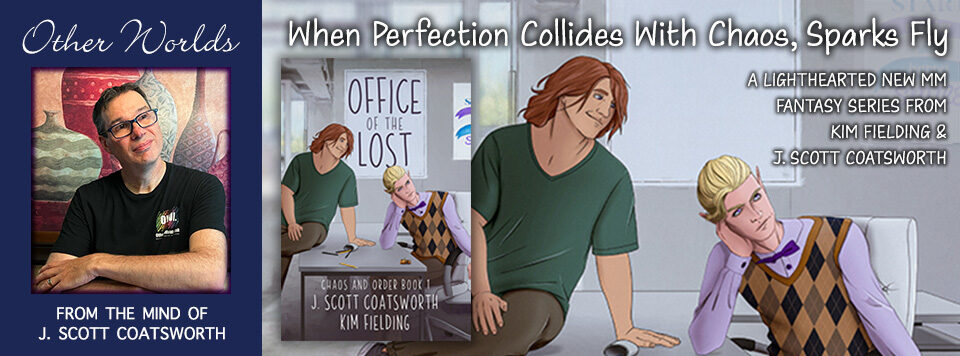Point of View: There Are No New Ideas. Or Are There?
I sometimes pine for the Golden Age era of sci-fi, when everything was new. Each story idea shone with fresh brilliance, and many of the tropes we still use today were just being invented by Asimov, Clarke, Bradbury and others. Sure, it was pretty much a white-men-only club (with a few notable exceptions). Yes, you had to write everything on a typewriter (they didn’t even have correction fluid until the late fifties), and there was no such thing as self publishing, or home computers, or Amazon, or the web in general. Still, as a sci-fi writer in the late Thirties … Read more








